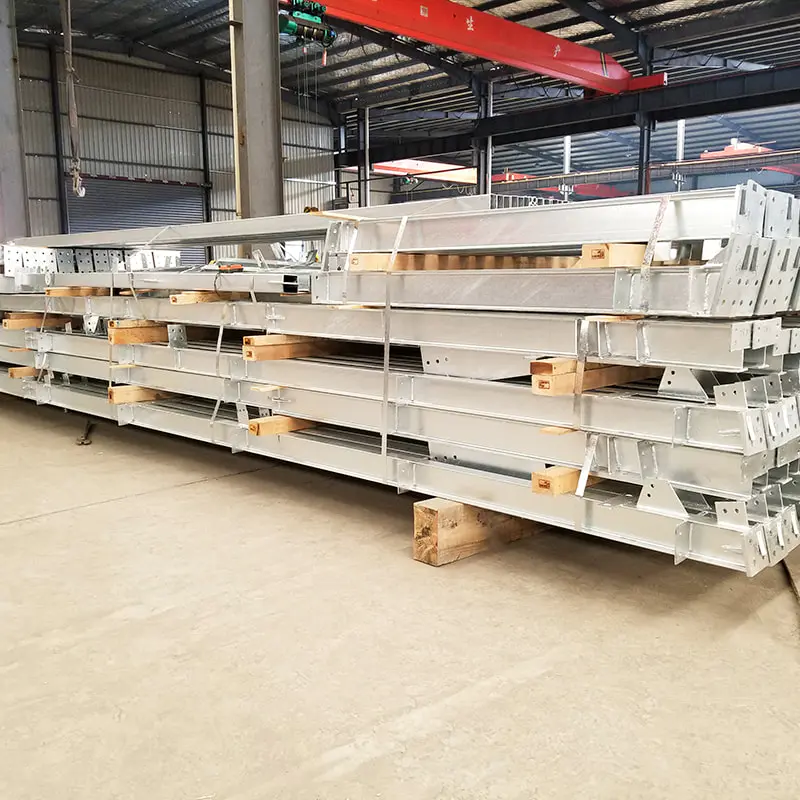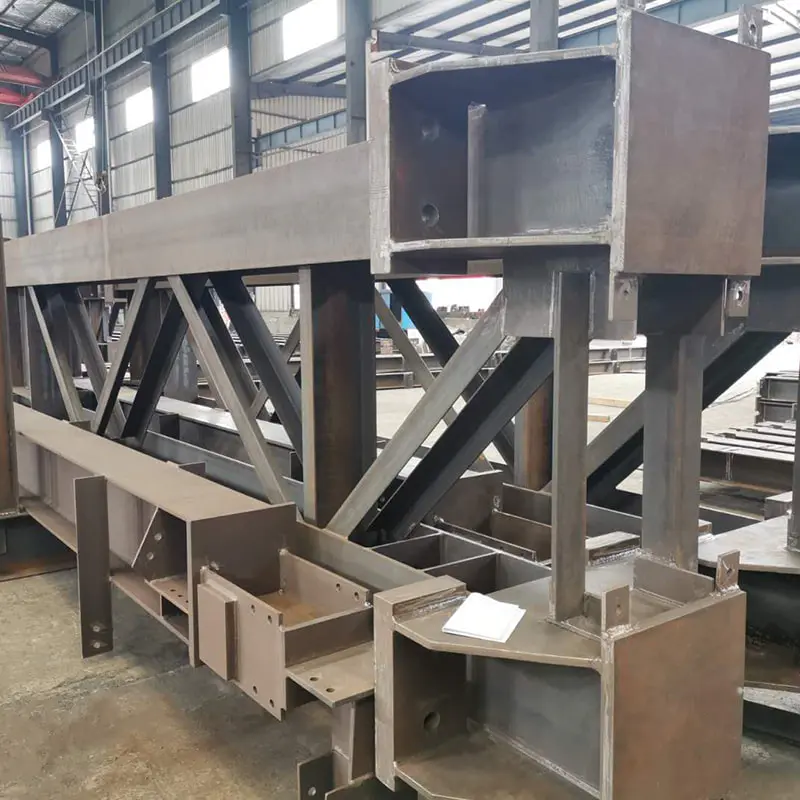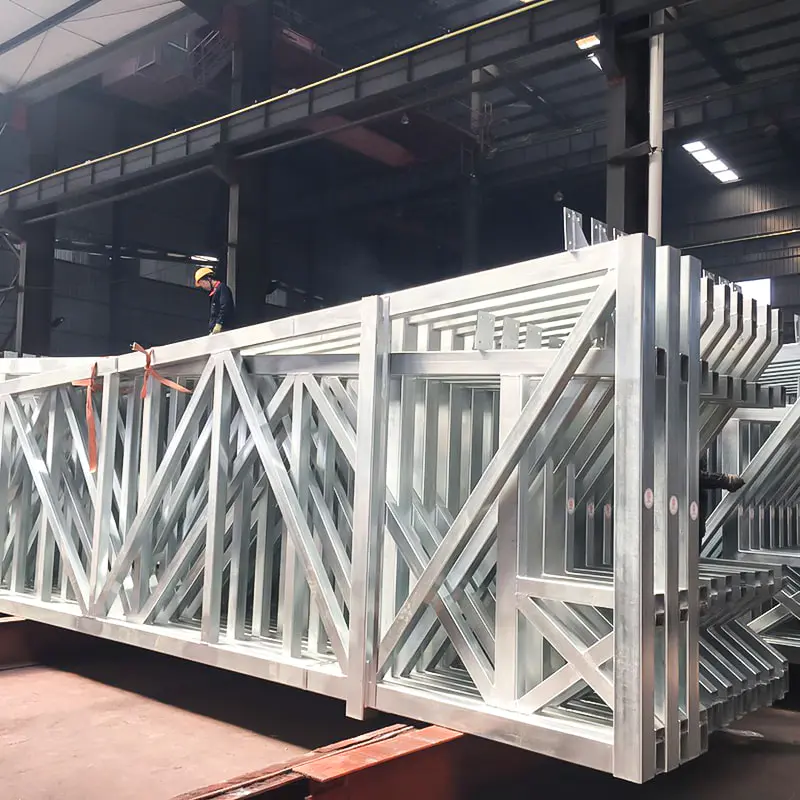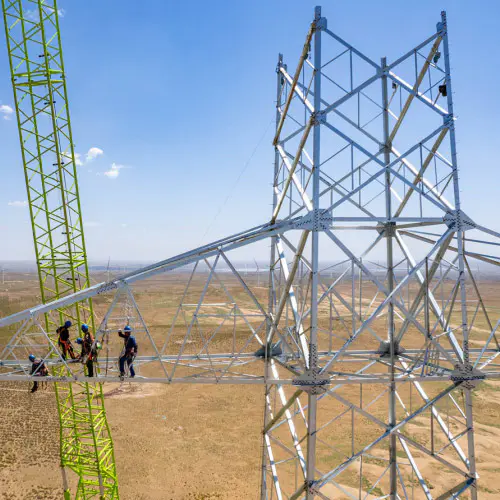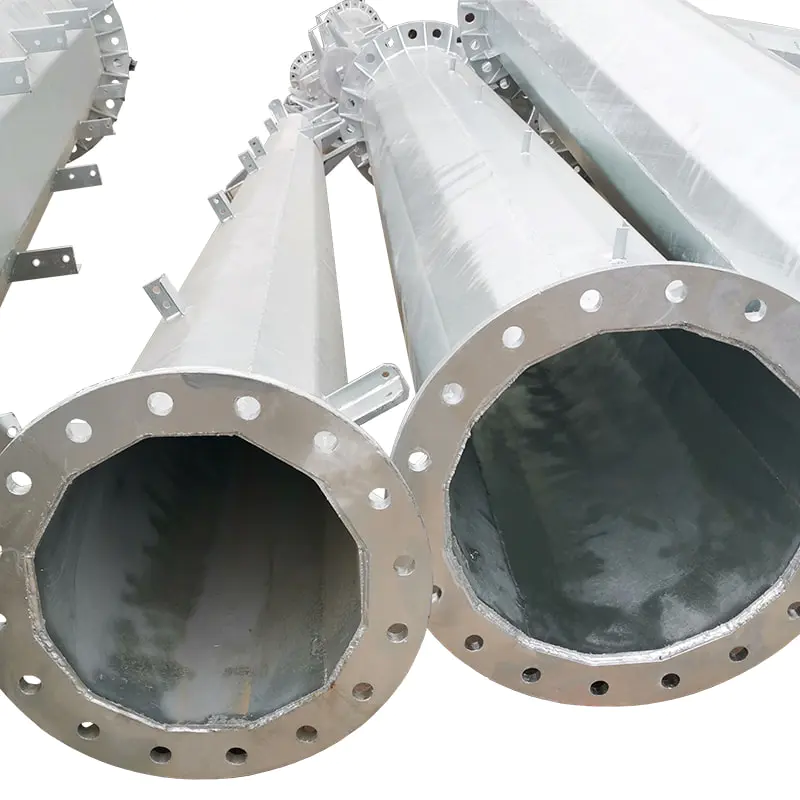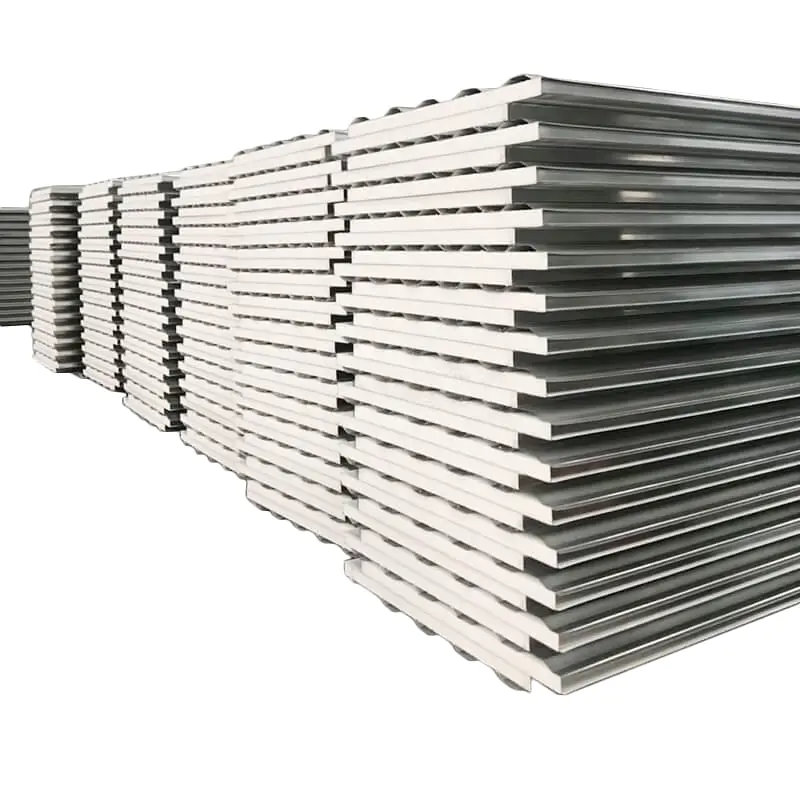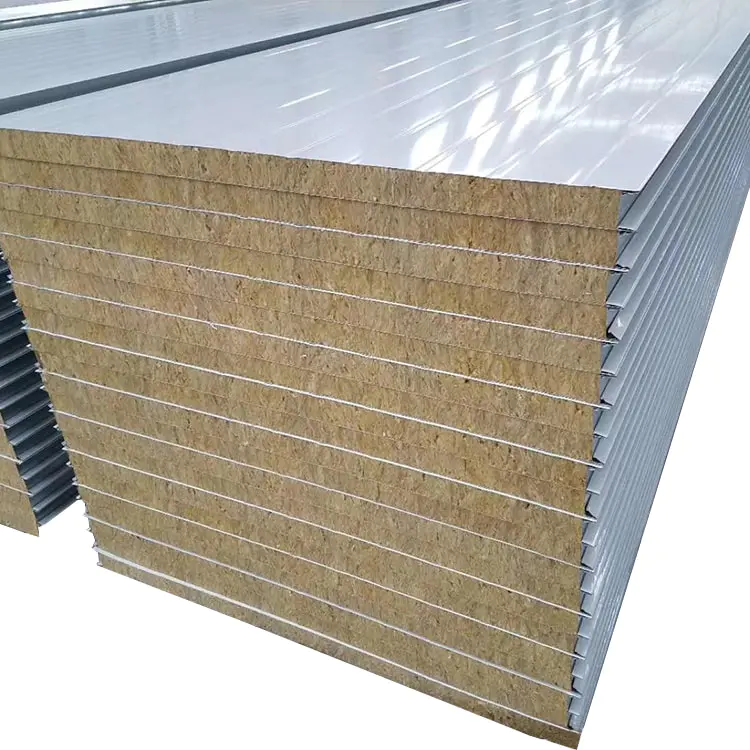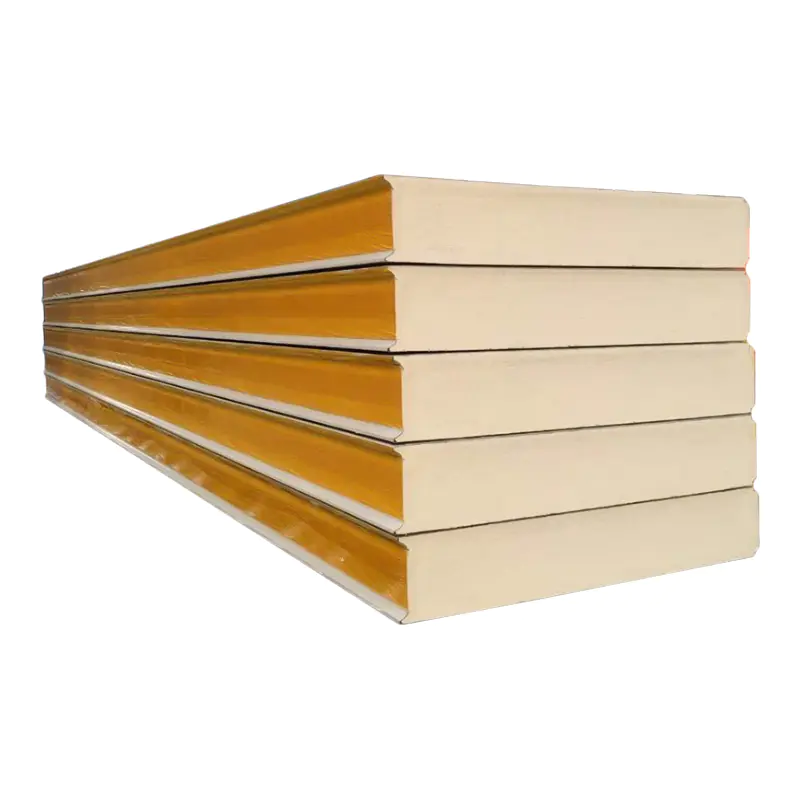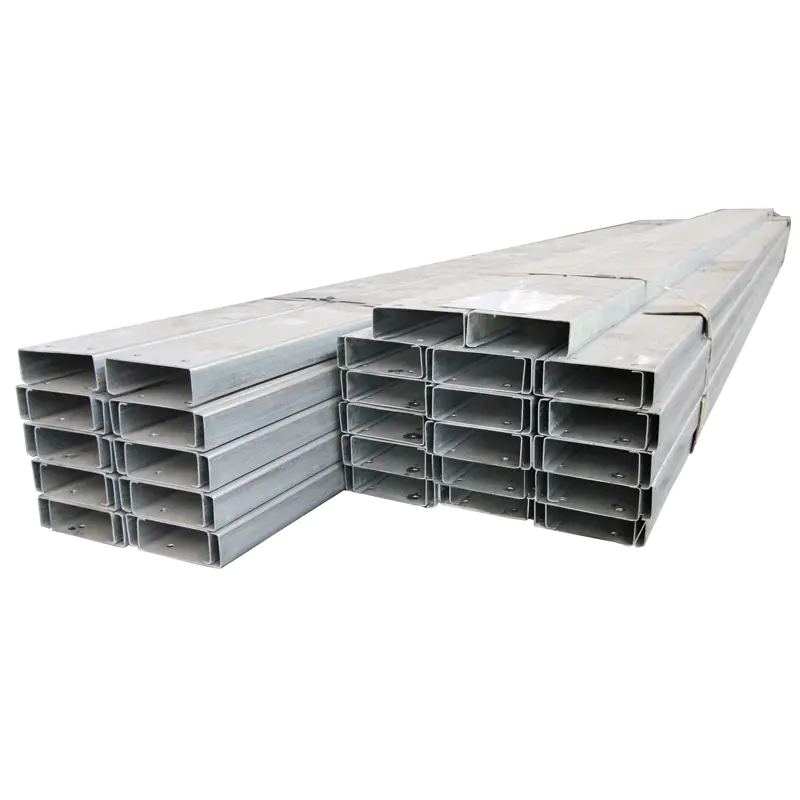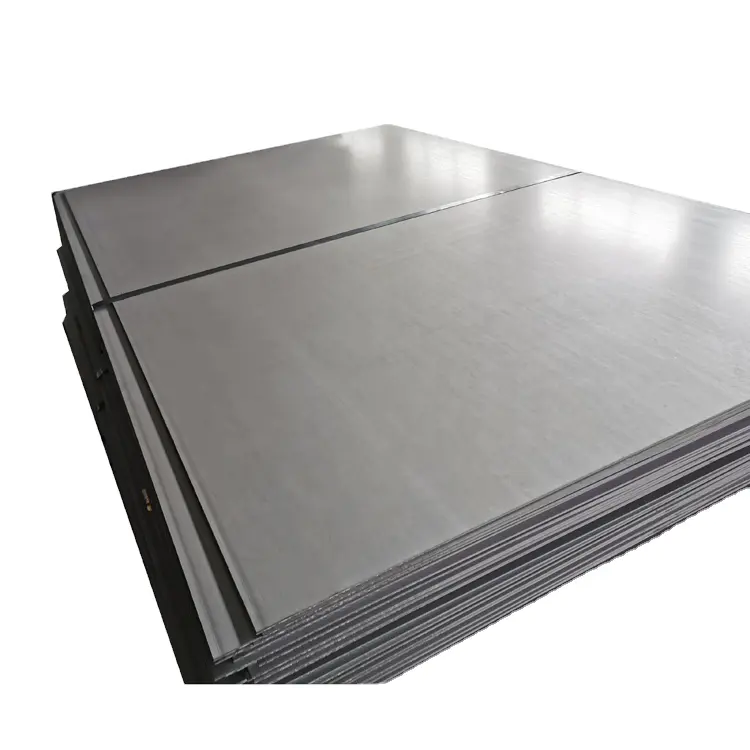When designing or upgrading warehouse, workshop, or industrial buildings, energy efficiency is paramount. While insulation, HVAC systems, and lighting often take center stage, the structural skeleton itself – particularly steel columns and beams – offers significant, often underappreciated, energy efficiency benefits. Understanding these advantages is crucial for architects, engineers, and building owners aiming to optimize operational costs and environmental impact.
Here’s a breakdown of the key energy efficiency benefits stemming from the use of structural steel framing:
-
Minimal Thermal Mass Impact:
- The Issue: Heavy materials like concrete have high thermal mass. This means they absorb and store significant amounts of heat during the day and release it slowly at night. In large, often intermittently heated or cooled industrial spaces, this can lead to undesirable temperature fluctuations and increased energy loads as HVAC systems work harder to counteract the stored heat or cold.
- Steel's Advantage: Steel framing possesses relatively low thermal mass compared to concrete. While steel itself is highly conductive, the overall thermal mass of a steel-framed structure is significantly lower. This allows the building's internal environment to respond more quickly to heating or cooling inputs and desired setpoint changes. HVAC systems can achieve the target temperature faster and maintain it with less energy fighting against residual heat stored in massive structural elements.
-
Precision Engineering & Airtight Construction:
- The Issue: Energy losses through air leakage (infiltration/exfiltration) are a major source of inefficiency in large buildings. Gaps around structural elements or poorly fitted building envelopes contribute significantly.
- Steel's Advantage: Structural steel components are manufactured to precise tolerances off-site. This precision translates to tighter fits during erection. Combined with modern connection detailing and careful integration with the building envelope (cladding, insulation systems), steel frames inherently support the creation of a more airtight building shell. Reducing uncontrolled air movement directly lowers the heating and cooling energy required to maintain comfort.
-
Durability and Long-Term Performance Consistency:
- The Issue: Structural degradation, such as cracking or warping in other materials, can compromise insulation continuity and create air leakage paths over time, gradually increasing energy consumption.
- Steel's Advantage: Properly designed, fabricated, and protected structural steel offers exceptional dimensional stability and durability. It does not shrink, warp, or creep under sustained loads like some materials. Corrosion is effectively managed through galvanizing and coating systems. This inherent stability ensures that the thermal performance of the building envelope, tightly integrated with the steel frame, remains consistent over the building's very long lifespan. There's no gradual degradation of the structure leading to escalating energy losses.
-
Design Flexibility for Optimized Envelopes:
- The Issue: Maximizing energy efficiency often requires sophisticated building envelope designs, including high-performance insulation systems, optimal glazing placement, and integration of renewable energy elements.
- Steel's Advantage: The inherent strength-to-weight ratio and long-span capabilities of steel allow for greater design freedom. Columns and beams can be spaced further apart, minimizing thermal bridging paths through the structure itself compared to systems requiring more frequent supports. This flexibility facilitates the implementation of uninterrupted, thick insulation layers and the strategic placement of features like skylights or solar panels without compromising structural integrity. Designers can create envelopes specifically optimized for thermal performance without being overly constrained by structural limitations.
-
Integration with Insulation Systems:
- The Issue: Thermal bridging – where heat flows more readily through structural elements that penetrate insulation – is a critical concern.
- Steel's Advantage: While steel is conductive, its linear nature (columns and beams) makes thermal bridging predictable and manageable. Modern construction techniques, such as using thermal breaks (spacers or insulating materials) between steel elements and the exterior cladding, or employing specialized clips for attaching insulation, effectively mitigate these bridges. The predictable geometry of steel frames allows insulation contractors to achieve high levels of continuous coverage more easily than with complex, irregular structures.
-
Lifecycle Efficiency and Retrofit Potential:
- The energy efficiency benefits extend beyond initial construction. Steel structures are highly adaptable. As energy codes evolve or operational needs change, modifying insulation levels, upgrading cladding systems, or adding features like cool roofs is generally simpler and more cost-effective with a steel frame due to its strength and flexibility. This adaptability ensures the building can maintain high energy performance standards throughout its decades-long service life.
Structural steel columns and beams are far more than just the load-bearing bones of a warehouse or workshop. Their inherent properties – low thermal mass contribution, precision enabling airtightness, long-term dimensional stability, and design flexibility – provide a robust foundation for achieving superior energy efficiency. By minimizing unwanted heat transfer, facilitating optimized envelope design, and ensuring consistent performance over time, steel framing plays a vital, yet often overlooked, role in reducing operational energy consumption and costs in industrial buildings. When strategically integrated with high-performance insulation and envelope systems, steel offers a smart, durable, and energy-conscious choice for modern industrial construction.

